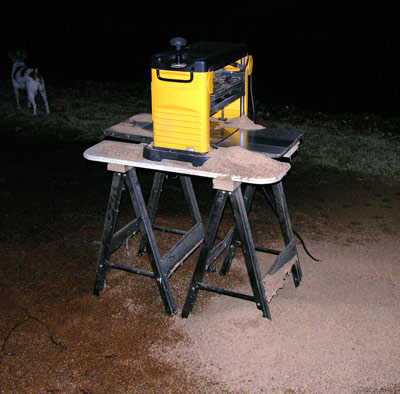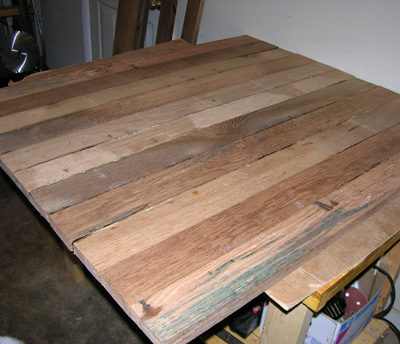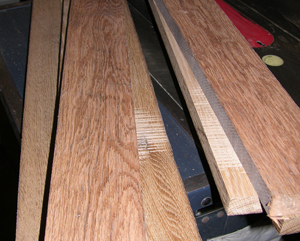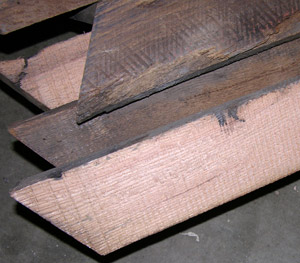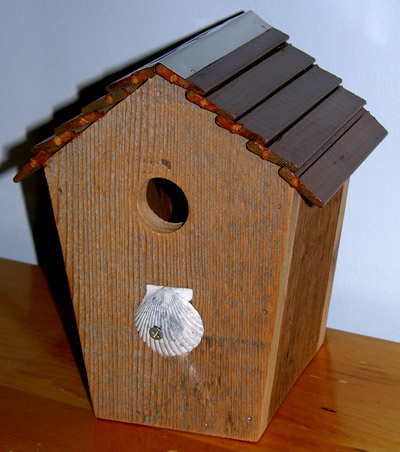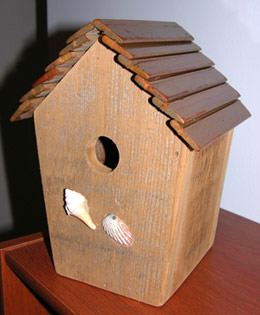Time to plane more of the timbers. Reasons: 1) need some a bit thicker for the table supports and crosspiece, 2) need some more 1″ thick for the table top. Fitting the planks in the table top is an art and a science. Because of their age and exposure to the environment each timber has unique features. Often these include warps and twists in the lumber that make them less than straight. So when fitting these planks together lengthwise, it is often a matter of matching the slight curves. Not a horrible task, but I needed more options for the second half of the table top. Thus far it is about half the length it needs to be.
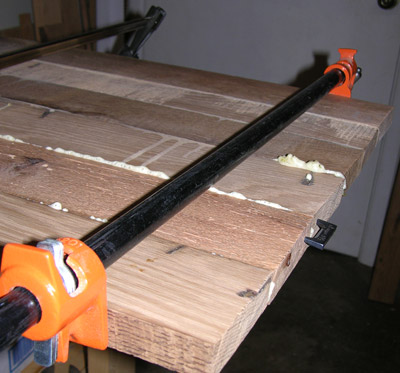
Notice the glue exuding from the butt joints. This is the glue I mentioned in my last posting. This one is Critical Bond from Moser’s. It is my favorite glue. I have tried a bunch of others, Gorilla Glue, Excel, even an Elmer’s take on it. The two best I have used are Critical Bond and Excel. Caution: If you get it on your skin and it dries there, it has to wear off. Before it is cured, it can be wiped off with mineral spirits.
Regarding sawdust, or in this case shavings, always plane outside. It makes a huge mess. (and this is nothing compared to the first batch of lumber I trimmed down for the table top)
